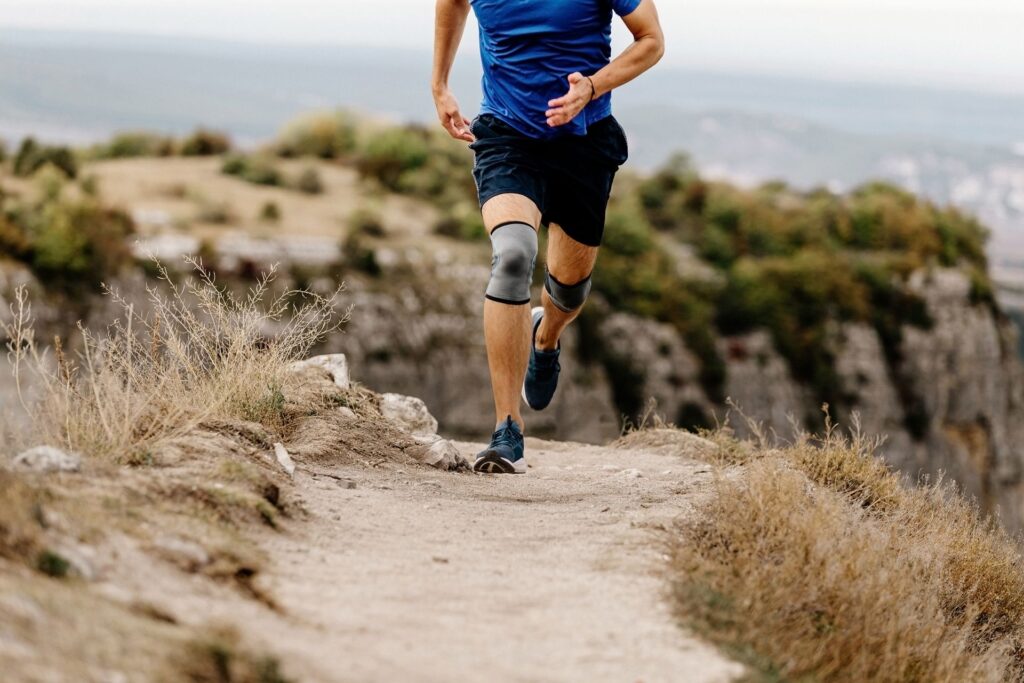What is knee injury treatment protocol and guideline?

Knee injury treatment and recovery

The most common knee injury includes IT Band syndrome, patella tracking dysfunction, major muscle group tendinitis (Quadriceps, Patella tendon, Peroneus, Tibialis posterior), and meniscus tear, etc. I want to share information about the important points in rehabilitation treatment to promote natural healing process.
Find out the causes of the stress in your joint and muscles
Before starting the main treatment, we need to find out what has caused the stress on this joint and how to restore it. The knee joint becomes stable when all the force vectors applying on the joint are strong and balancing each other. The total amount of forces from the vectors should be zero.
If one muscle group is a weakness or showing slow reaction, the joint will experience torsion or friction force since the muscle plays an important role in stabilizing the joint. The joint will become unstable and start to buckle or pop. It will lead to inflammation in the joint, muscle strain, ligament sprain and meniscus tear in a long term.
Check the strength and speed in all directions of the joint
Skilled professional can check the strength and speed of the muscle group. It tells us muscle and nerve system.
Once we detect the weak and slow muscle group, we need to strengthen it again with a proper activation techniques which include massage, tendon and nerve stimulation, and exercise program.
Trigger point (Muscle knot) and scar tissues are one of the most common causes to make your muscle weak and slow. It should be spotted and addressed to restore the muscle power.
After the treatment, we can check if the treatment was effective by doing strength test again. Walking or balance test can be used before and after the treatment to check improvement in the condition.

The importance of checking ankle, foot and toe strength, speed of movement and flexibility
To make knee joint stable, we need to check ankle and toe muscles as well. Human being walks with both feet and is influenced significantly by gravity. If ankle- foot – toe mechanics is working well, it will absorb the stress from the ground. Otherwise, it will fail to absorb the stress, the joint will loss the good alignment resulting in shearing force in the joint above as well.
For example, if the muscle consisting of your foot arch gets weak and tight, the foot joint (Subtalar joint) will present with pronation (The picture number 1) resulting in knee moving inward and hip joint showing internal rotation. It increases torsion stress in your every step while bearing weight. It is even worse while running since it has more impact when landing on the ground with single leg stance.
Inflexible muscles and joint get weaker
In addition to strength and speed of muscles, we should check flexibility as well. For the population who does intensive exercise often, it is common to see the foot and ankle muscles are getting inactive/weak due to inflexible joint and tight muscles. Tight and short muscle fiber can not generate enough strength. Muscles has to maintain enough length to create good power. That is the reason why stretching program after the exercise is very important. If you are enjoying sports, you also has a good knowledge of self trigger point and scar tissues release techniques using the form roller or lacrosse ball.
